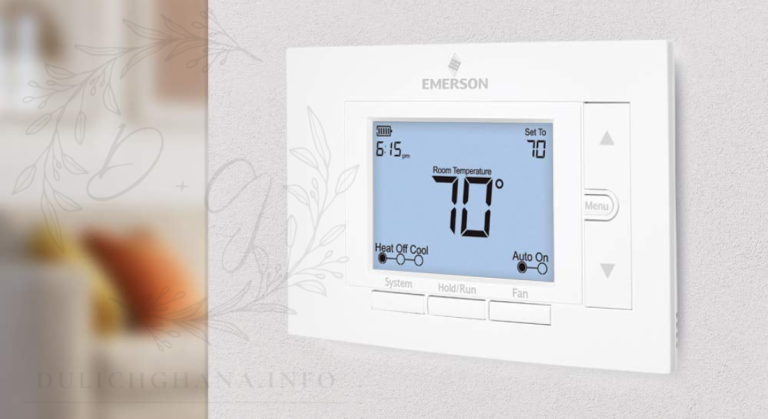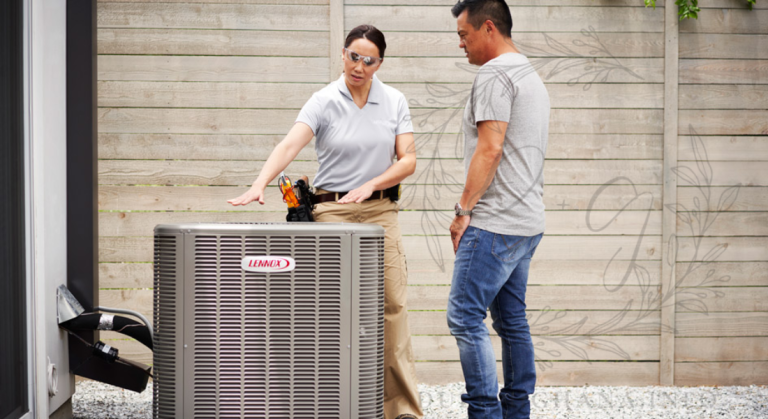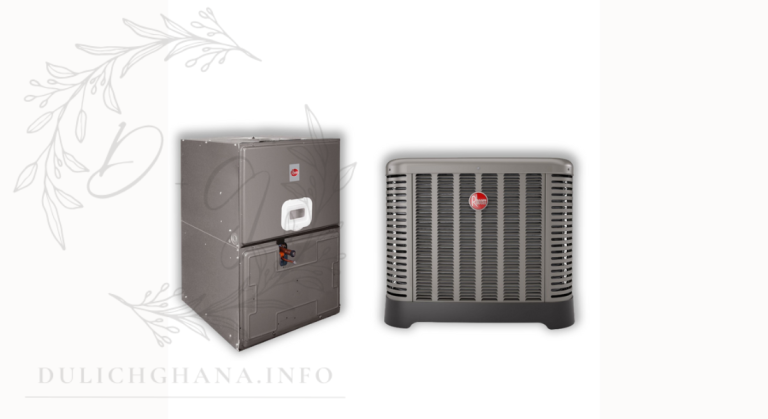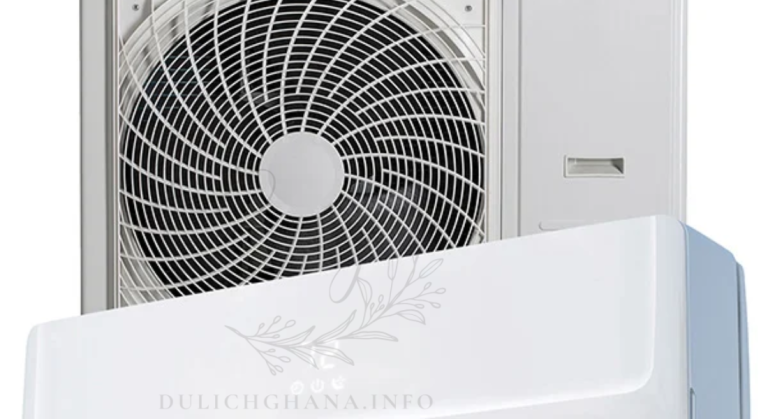
close up.business woman discusses with business team marketing strategy. photo with copy space.
Guest feedback serves as an invaluable resource for hotel management, offering insights that can lead to continuous improvements and elevated guest satisfaction. By thoroughly analyzing hotel reviews and feedback, management can identify recurring patterns, address concerns, and enhance the overall guest experience. This process not only improves your hotel’s reputation but also drives guest loyalty and repeat business. Here’s how to effectively analyze hotel feedback to spot trends and implement meaningful improvements.
1. Categorizing Feedback for Efficient Analysis
The first step in analyzing guest feedback is to categorize it into broad themes. This allows you to identify patterns more effectively and focus on specific areas of improvement.
- Common Feedback Categories:
- Cleanliness: Feedback about room and facility cleanliness.
- Customer Service: Comments regarding staff friendliness, helpfulness, and professionalism.
- Amenities and Facilities: Insights into guest satisfaction with hotel amenities like Wi-Fi, pools, spas, gyms, or restaurants.
- Room Comfort and Design: Feedback on bed comfort, room design, noise levels, or temperature control.
- Food and Dining: Reviews about the quality, variety, and availability of food and dining options.
- Check-in/Check-out Process: Comments about the speed, efficiency, and convenience of the check-in and check-out experience.
- Location: Feedback related to hotel proximity to attractions or transportation hubs.
- Value for Money: Comments on whether guests felt they received good value for the price they paid.
2. Identifying Positive and Negative Patterns
After categorizing feedback, it’s important to identify common patterns within both positive and negative comments. This allows you to understand which areas are consistently praised and which require improvement.
- Positive Patterns: Identifying recurring compliments helps highlight what your hotel is doing well and which aspects of your service or amenities set you apart from competitors. For example, if multiple reviews consistently praise your hotel’s cleanliness or staff hospitality, those are strengths you can emphasize in marketing or reinforce through staff training.
- Negative Patterns: Repeated complaints about certain issues, such as poor Wi-Fi connectivity or long check-in times, indicate areas where improvements are needed. By recognizing these trends, you can prioritize and address them effectively to minimize future complaints.
3. Utilizing Quantitative Data
While qualitative feedback in the form of written reviews is valuable, it’s important to incorporate quantitative data for a comprehensive analysis. Many review platforms offer star ratings or numeric scales (e.g., 1-5) that can provide quick insights into guest satisfaction.
- Rating Averages: Calculate the average rating for specific aspects of your hotel, such as cleanliness, customer service, room quality, and location. Low averages indicate areas of dissatisfaction that require attention.
- Frequency of Mentions: Analyze how often certain words or phrases appear in reviews to identify what matters most to your guests. For instance, frequent mentions of “service,” “comfort,” or “value” indicate the aspects guests prioritize during their stay.
4. Examining Time Trends
Another valuable method for analyzing hotel feedback is to look for time-based trends. This can help you determine whether certain issues are ongoing or seasonal.
- Ongoing Issues: If certain complaints or compliments persist over an extended period, they may reflect systemic issues or strengths. For instance, if guests have complained about noise levels consistently for months, it might indicate a need for soundproofing measures.
- Seasonal Trends: Feedback may also vary by season. For example, complaints about heating in the winter or air conditioning in the summer can reveal seasonal operational challenges. Addressing these issues ahead of time can improve guest satisfaction during peak travel seasons.
5. Taking Action Based on Feedback
Analyzing hotel feedback is only valuable if it leads to actionable improvements. Once you’ve identified the key patterns in guest comments, prioritize the areas that need attention.
- Prioritize Issues: Not all feedback requires immediate action. Prioritize problems that are mentioned most frequently or that have a significant impact on guest satisfaction. Focus on high-impact improvements that can enhance the overall guest experience.
- Incorporate Feedback into Training: Feedback about staff interactions is particularly important. Use both positive and negative comments as training tools for your team. Highlight behaviors that guests appreciate and address areas where staff performance can be improved.
- Invest in Improvements: If certain amenities or facilities are repeatedly criticized, consider investing in upgrades or maintenance. For instance, if guests frequently mention outdated rooms or malfunctioning equipment, it may be time for a renovation.
- Monitor Results: After implementing changes based on feedback, continue to monitor reviews and feedback to assess the impact of your improvements. Look for trends indicating whether guest satisfaction has increased in the areas you’ve addressed.
6. Using Feedback for Marketing
Guest feedback can also be a valuable asset in your hotel’s marketing efforts. Positive reviews and testimonials can be showcased on your website, social media, and marketing materials to build trust with potential guests.
- Highlight Strengths: Use recurring positive feedback to highlight your hotel’s unique selling points. For example, if guests consistently praise your hotel’s convenient location or exceptional service, emphasize these aspects in your marketing campaigns.
- Address Concerns Transparently: If your hotel has faced recurring complaints in the past but has since implemented improvements, be transparent about it. Sharing that you’ve addressed past issues shows potential guests that you listen to feedback and are committed to enhancing their experience.
7. Responding to Feedback
Engaging with your guests through responses to feedback is another essential step. It not only shows that you value their input but also helps build relationships and demonstrate accountability.
- Respond to Positive Reviews: Thank guests for their positive feedback, and invite them to stay again. This reinforces their positive experience and increases the likelihood of repeat bookings.
- Address Negative Reviews: When responding to negative reviews, acknowledge the guest’s concerns, apologize where necessary, and outline the steps you’re taking to resolve the issue. Showing a commitment to improving can mitigate the impact of a negative review and showcase your dedication to guest satisfaction.
Conclusion
Analyzing hotel feedback is an ongoing process that requires careful attention to detail and a proactive approach to improving the guest experience. By identifying patterns, acting on guest concerns, and celebrating your strengths, you can continually enhance your offerings and stay ahead in a competitive market. Remember, every piece of feedback is an opportunity to grow, improve, and ultimately provide an unforgettable stay for your guests.






